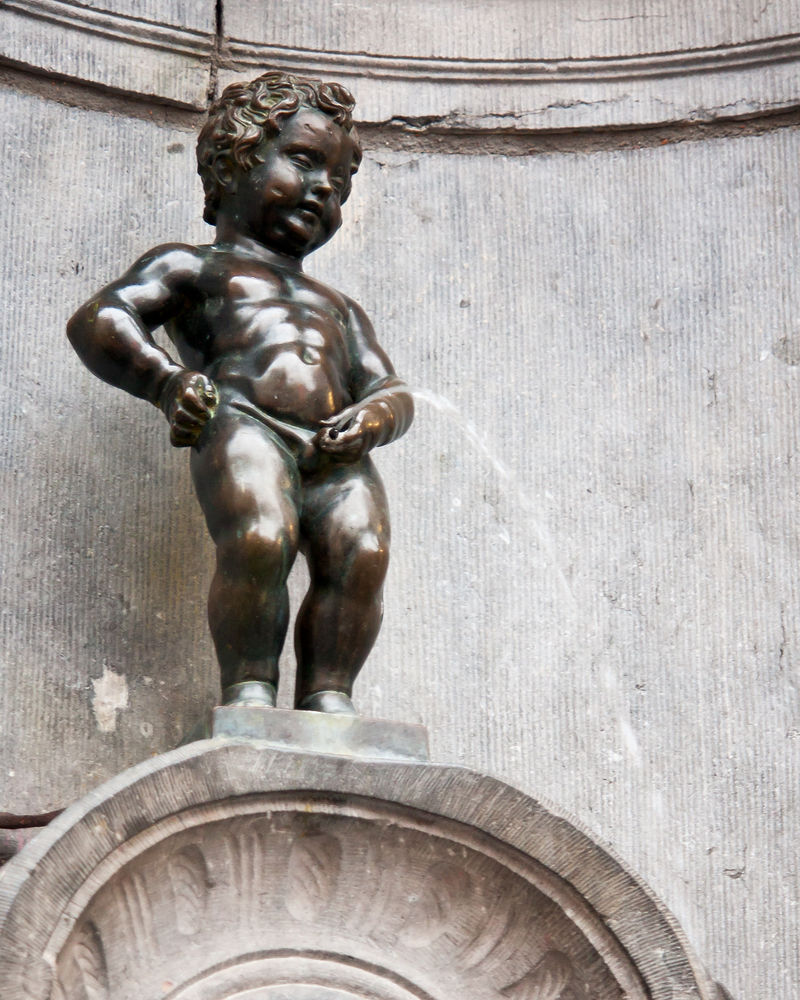Running in Brussels: the Washington of Europe
- audreyubertino
- Aug 12, 2024
- 4 min read
As the seat of most of the European institutions and the capital of Belgium, Brussels is a true geographical and political crossroads of the continent. When you go jogging in Brussels, you'll discover a city with fascinating architecture and an eventful history.

"The Town Hall of Brussels is a jewel comparable to the spire of Chartres; a dazzling poet's fantasy that fell from the head of an architect. What's more, the square surrounding it is a marvel", declared Victor Hugo in a letter to his wife. The famous French poet and writer knew all about this: he spent nineteen years in exile in the Belgian capital!
Brussels, whose complex history is linked to its position as a European crossroads, celebrated its official millennium in 1979. Yet the city is still home to megalithic remains and ancient Roman roads and villas. Its name originally meant "castle of the marshes". However, since the vaulting of the Senne in 1871, the marshes that surrounded it have disappeared. Walking in Brussels is therefore a pleasant exercise, whether in its many green spaces or in its historic centre. The suburban areas are not to be outdone either.
Indeed, the capital is huge, and each of the districts on its outskirts has its own attractions. You can imagine it as a set of Russian dolls: the Pentagon, or Brussels-Centre, is part of Brussels-City, which in turn is embedded in the city-region of Brussels-Capital.
At the heart of the Pentagon: Brussels Centre
The Pentagon is surrounded by the 'petite ceinture', a string of wide boulevards running along the line of the old city walls. This historic centre is what the town was like in the 19th century, before its sprawling expansion to include the surrounding towns.

During your run, you'll discover the magnificent Palais de Justice, the gigantic Basilica of the Sacré-Coeur, or the alleyway housing the famous Manneken-Pis fountain.
You will also cross the Grand-Place, a major historic site since the Middle Ages. Destroyed during the French Revolution, it was completely restored at the end of the 19th century and is renowned the world over for its rich ornamentation. Here you can admire the Town Hall, built in the 15th century, and its Gothic spire topped by a statue of Saint Michael, patron saint of Brussels.
Or the King's House, a building that housed the administrative services of the Duchy of Brabant in the 15th century. It was rebuilt at the end of the 19th century due to extensive damage, and now houses the town museum. The houses on the Grand-Place all have a name, and a rich history, which you can discover during your stroll. This tourist district is also home to a large number of shops. If the people of Brussels are nicknamed "Kiekefretter" - chicken eaters - you'll find many other types of street food. Some famous chocolate shops sell sweet treats, not to mention the many vendors of Brussels waffles, which could liven up the end of your run!
Between the Cinquantenaire and the Royal Park: green Brussels
It's not just cabbages that are green in Brussels! It's one of the greenest capitals in Europe.

The Parc du Cinquantenaire, for example, is built around a three-arched city gate. Surrounded by numerous museums, it regularly hosts sporting events, such as the start and finish of the Brussels 20 km race.
If you go for a run, you can admire the Cinquantenaire palaces, as well as the Great Mosque and the Pavilion of Human Passions.

To the south, the Bois de la Cambre boasts wide English-style paths and a pond.Every spring, you can attend the "24 heures vélo du bois de la Cambre", the largest annual gathering of guides and scouts in Belgium.
In the heart of Brussels is the park of the same name, dotted with sculptures inspired by Greco-Roman mythology. Further north, in Laeken, you can walk through the Royal Park, home to the castle where the sovereign resides. Laeken is also home to the Annie Cordy Park, in honour of the singer whose hometown it was.
From the Atomium to the European institutions: modern Brussels
While you're in Laeken, why not visit the Atomium?

Or simply take a stroll and admire this emblematic monument to the city. Built for the 1958 Universal Exhibition, held on the Heysel plateau, it represents the conventional mesh of iron crystal.
Like the Eiffel Tower, it was a technical feat that was not destined to survive the Exhibition. Its popularity meant that its demolition was postponed year after year... until it needed to be renovated and underwent a massive refurbishment, becoming a museum.
Finally, Brussels is known internationally as the seat of most of the European Union's institutions. Although many consider it to be the de facto political capital of Europe, this is not official. Around the rue de la Loi - a self-explanatory name - you will find the main European institutions.

In the same area near Cinquantenaire Park, during your visit to this truly European quarter, you will also find the most important Belgian ministries.Together with the Belgian Parliament, they occupy the oldest part of the site, dating back to the 18th century.
The town has been modernised several times.At the time of the gold rush, a district of dark, narrow streets known as the "gang" was completely destroyed. The dislodged inhabitants emigrated - willingly or by force - to America. Most ended up in Chicago, penniless. Unloved by the local population, they quickly earned the name ... gangsters! Yet today, Brussels is 24th on the list of the safest cities in the world.
Run, walk or ride with JOOKS, from the Atomium to the Grand-Place!
Find all the routes in the city of Brussels and over 1300 others on the JOOKS application.



Comments